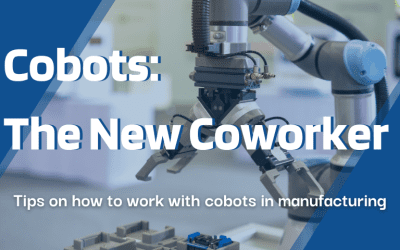Meetings are an integral part of business and can be a beneficial way to collaborate, share ideas, and make decisions. But, we’ve all attended a meeting that could have been an email – or several of them. Check out these tips below to find out how to prepare for, conduct, and follow-up to make your meetings productive and efficient.
PREPARING FOR THE MEETING
Preparation for a meeting is equally as crucial to its efficiency as what happens during the meeting. The best place to start is answering why you’re having the meeting. Each meeting should have a clear objective, and every attendee should know what it is. Having a defined purpose ensures the meeting is necessary, gives you a central point for planning an agenda, and allows you to determine whether the meeting was successful.
Once the objective or purpose is defined, create an agenda. Having a written agenda ensures you stay on track and that all of the discussions or sections of the meeting support the objective.
Send the agenda to participants before the meeting so everyone knows what to expect and can prepare ahead of time. Each participant should review the agenda and compile questions, notes, and/or data that would add value to the discussion prior to the meeting and have it easily accessible; don’t waste time looking things up during the meeting, if possible.
Information-share before the meeting; no one should be reading information to the group that they could have read on their own. Instead, use the meeting time to brainstorm or work through solutions or new ideas. Keep in mind that if your discussions lead to a different topic that needs to be addressed, it is okay to table it and come back to it when you can fit it in the agenda or schedule a separate meeting to resolve it.
Additionally, if you are using technology during the meeting, ensure it is set up and working properly so any issues can be resolved in advance.
CONDUCTING THE MEETING
It’s essential to have the right people in attendance at a meeting. That means that not only everyone vital to the meeting is present, but also those who are not vital are not attending. Having too many attendees can slow down progress and waste the time of those who don’t need to be in attendance. Contrarily, not including all of the key decision-makers will halt your progress as you have to catch those people up and adjust for their input.
Each meeting should have a designated facilitator. This is typically the person who schedules the meeting. It is the meeting facilitator’s responsibility to ensure the meeting stays on topic and on time and to guide the conversation back to the agenda if it begins to go on tangents.
It is beneficial for the facilitator to assign roles to maintain his focus and keep the meeting running smoothly. Helpful roles include the following:
- Timekeeper – to ensure the meeting moves along at a steady pace not staying on one topic too long and that the meeting concludes on time
- Note-taker – to document action items and decisions made
- Presentation Assistant – to assist with slide transitions or any technology used
ACTING ON THE MEETING
Meetings are meaningless and wasteful if topics are only discussed and not acted upon. For a meeting to be both effective and productive, assign action items to specific people with deadlines and share documented decisions made, as well as significant topics discussed that did not result in specific action items with the participants. Action items are only as beneficial as the accountability behind them; they should be reviewed before the due date and/or at follow-up meetings.
Now that your meetings are structured for optimal productivity, take them to the next level by checking out these best practices for virtual meetings.
{{cta(‘05178891-9d0d-4f23-a2d6-22b3b958f684’)}}




-400x250.png)